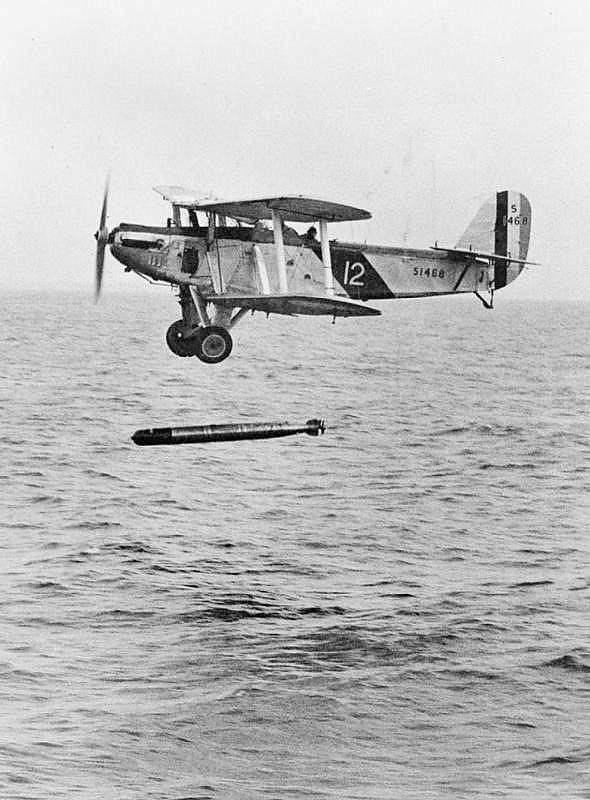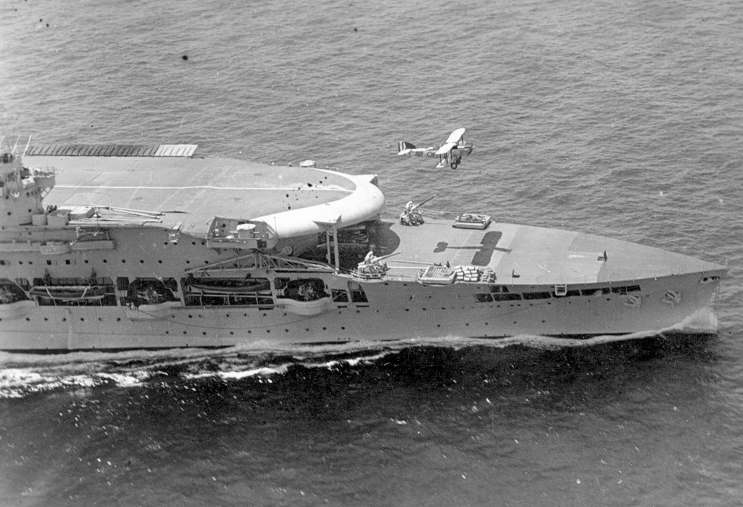MatthewB
Banned
1929, with the pending completion of HMS Glorious as the third of the Outrageous class, the US and RN intend to test each other's Pacific defences. Notwithstanding the global economic depression, it is decided to go ahead as planned and in 1933 Glorious, Furious and Courageous "attack" Pearl Harbour. Followed by a USN attack on Singapore from the Philippines.
The attack on PH will be a logistical challenge for the RN. The three carriers have a range of 5,800 nmi at 16 knots, but a one way trip from Singapore to PH is 5877 nautical miles. So the attack needs to be staged logistically.
So, the force leaves Singapore for the British Gilbert Islands territory (modern-day Kiribati), 4,200 nmi (11 days at 16 knots) from Singapore. https://www.britishempire.co.uk/maproom/gilbert.htm In advance of the exercise a fuel supply convoy would be in place at Gilbert. Gilbert is only 2,364 nautical miles from Pearl Harbour, and within six days sailing at 16 knots.
Thus RN approaches to within 100 miles of PH and launches a force of 40 Blackburn Ripon torpedo bombers, 40 Fairey III bombers and escorted by 30 Fairey Flycatcher fighters.
1) Blackburn Ripon

2) Fairey III loading up with bombs on HMS Furious and taking off from HMS Glorious


3) Fairey Flycatchers and Fairey III bombers preparing to take off from HMS Courageous

Beyond the carriers, what else would the RN send? In these days before radar, what reasonably realistic notice would the US be permitted to have of the raid. IMO, the learnings on both the British and American sides would be invaluable in the coming decade.
The attack on PH will be a logistical challenge for the RN. The three carriers have a range of 5,800 nmi at 16 knots, but a one way trip from Singapore to PH is 5877 nautical miles. So the attack needs to be staged logistically.
So, the force leaves Singapore for the British Gilbert Islands territory (modern-day Kiribati), 4,200 nmi (11 days at 16 knots) from Singapore. https://www.britishempire.co.uk/maproom/gilbert.htm In advance of the exercise a fuel supply convoy would be in place at Gilbert. Gilbert is only 2,364 nautical miles from Pearl Harbour, and within six days sailing at 16 knots.
Thus RN approaches to within 100 miles of PH and launches a force of 40 Blackburn Ripon torpedo bombers, 40 Fairey III bombers and escorted by 30 Fairey Flycatcher fighters.
1) Blackburn Ripon

2) Fairey III loading up with bombs on HMS Furious and taking off from HMS Glorious


3) Fairey Flycatchers and Fairey III bombers preparing to take off from HMS Courageous

Beyond the carriers, what else would the RN send? In these days before radar, what reasonably realistic notice would the US be permitted to have of the raid. IMO, the learnings on both the British and American sides would be invaluable in the coming decade.